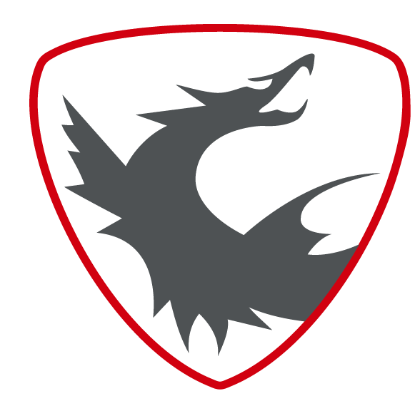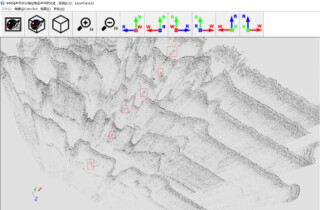
Long-range Drone/UAV for Anti-poaching and Wildlife Conservation
The preservation of African megafauna is a serious task, difficult through politics fluctuations, monetary trouble, and also an increasing international desire for illegal wild animal items. In spite of serious initiatives by a large number of conservationists, ecologists, and local persons, lots of the amazing and charming varieties of sub-Saharan Africa are decreasing.
Long range UAV like Raybird 3 can cover large places with a radius on thousands of acres/km and link back video in a short time (within a small period of time and may ray returning live video transmitting).
While African megafauna encounters an array of risks, poaching could be the prominent source of fatality, especially Africa tigers, rhinoceroses, and elephants. African tigers, lions, elephants and rhinos, types that when epitomized good results found in wild animals preservation, have observed enormous decreases these days, generally as a result of poaching:
For African elephants, a continent large research of flatlands elephants discovered a population loss of 30% from 2007 to 2014, equivalent to a loss of 144,000 individuals.
Using UAVs for Anti-poaching and Wildlife Conservation
Using unmanned aerial systems are really cheap. Long range UAV like Raybird 3 can cover large places with a radius on thousands of acres/km and link back video in a short time (within a small period of time and may ray returning live video transmitting).
UAV’s gimbals using infra-red thermal pic options currently have an opportunity be used in the night that is the preferred time period of pothunter activity.
Small tactical fixed-wing UAV handle huge terrain bulk and so is an effect on unlawful damage routines in natural environment parks, desert and nature reserves.
UAV for anti-poaching missions can easily satisfy application all of the wildlife subsequent preservation duties, for example:
- Area and Perimeter-Assessment Task
- Automated species identification
- Animal migration tracking
- Anti-poaching activity
- Bird’s nest surveys
- Vessel observation
- Estimating Flock Size
- Habitat management
The way of how Anti-Poaching UAS Help Ground Forces
Unmanned Aerial Systems with intelligent, surveillance and reconnaissance (target acquisition) cooperate with local area anti-poaching team for data collection to discover risk places and to coordinate UAV flying missions.
In the last 2 decades, UAV technological innovation and applications have grown popular greatly. Within the circumstance of African areas, UAVs have the prospect to trace the positioning of individual animals, identify poachers, and notify counter-poaching procedures by rangers.
Certainly one of the very best advantages of UAVs is the option to use a variety of gimbals, that are modular (can lift-up and flip-up), and hence removable. Infra-red detectors can easily detect heating signatures of wild animals or people at nighttime, strobes may be used to illumine poachers, magnet detectors could be used to identify the existence of guns, and audio recorders can easily identify fire of the gun, ascertain out its place, and also determine weaponry profiles
Finding and catching wild animals by poacher during this process is a really difficult task. Simply request the administrators and groupings who’ve wasted many years and a huge amount of money trying to find illegal wildlife hunters and dealers working discreetly from South Africa to China and Taiwan. Their job is challenging by a number of aspects, coming from governing administration corruption that foils anti-poaching initiatives to intense low income that pulls persons into the market in the beginning. However, there is even the basic problem of the night. Poachers have a tendency to start their illegal enterprise within a cover of nighttime, and it’s difficult to find persons between numerous sq. kilometers of pitch-black woodland.
Preventing or maybe even slowing down poachers would have significant positive aspects for that international locations exactly where they perform. Citizens of these countries around the world frequently rely on wildlife to aid the area economic system, partly by getting travelers who wish to observe wild animals such as lions, elephants, and rhinos go wild. But yet poaching provides wider international implications, too. Income gained in the unlawful wildlife buy and sell – a lot more than 10 billion dollars by a few estimations – money some other lawbreaker actions, as well as terrorism. And in an extensive real sense, losing bio-diversity damages the planet’s environments and leads to a multitude of various other ecological issues.
How Seton can help with anti-poaching solutions?
Skyeton team uses long-range UAVs with sophisticated design and with an opportunity to make an autonomous mission up to 2500 km. And allows using any payloads up to 5 kg with data analytics capabilities in real time.
Do you have questions about this case study?
Get in touch with Skyeton, and they would be happy to answer any questions you have about pricing, suitability, availability, specs, etc.

Related products










![3月21日-封面[1].jpg](https://cdn.geo-matching.com/voeE1ywo.jpg?w=320&s=6b3b1a0215d770f8797653e9202a8f52)




